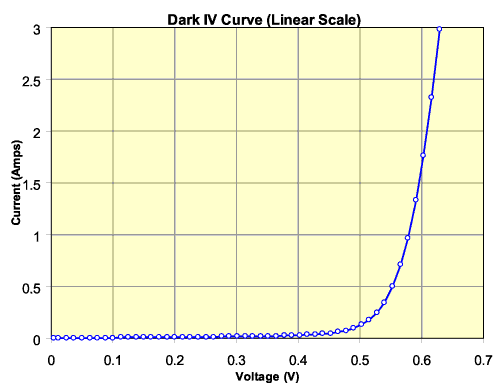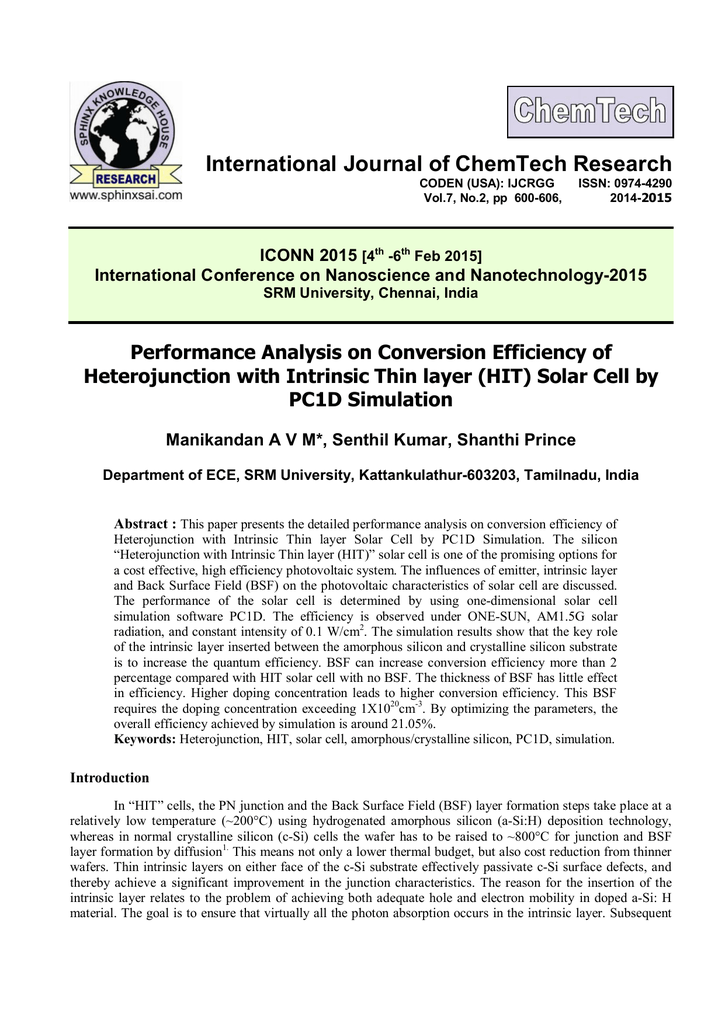

A quarter watt resistor should be adequate for this. The resistor needs to be able to dissipate this level of heat. This can be determined using the value for the current through the resistor and the voltage across it calculated earlier: Determine the wattage of the series resistor.Using Ohms law this can be calculated from the voltage drop across it and the total current through it: Determine the value of the series resistor.This is 15 mA for the Zener diode plus 2 mA for the load, i.e. Determine the current through the series resistor.This is nicely within the maximum limit for the diode At a current of 15 mA and a voltage across the power dissipation is: Check the Zener diode power dissipation.This will allow sufficient margin above the minimum Zener diode current for some variation in the load current. Calculate the difference in voltage across the series resistor.The following easy steps can be used to calculate the resistor required: Take the case where a Zener diode circuit is used to supply a regulated 5.1 Volt rail consuming 2 mA, from an input voltage supply of 12 volts. Basic voltage reference Zener diode circuit Circuit design example Ideally the circuit should be designed to dissipate less than about half this value, but to operate correctly the current into the Zener diode should not fall below about 5 mA or they do not regulate correctly. Typically most low power leaded Zener diodes have a maximum power dissipation of 400 mW. The value of the resistor in the Zener diode circuit should be calculated to give the required value of current for the supply voltage used. The Zener diode provides the reference voltage, but a series resistor must be in place to limit the current into the diode otherwise a large amount of current would flow through it and it could be destroyed. The most basic Zener diode circuit consist of a single Zener diode and a resistor. Simple Zener diode circuit providing reference voltage

There are many circuits that use Zener diodes, ranging from very simple Zener diode circuits, up to far more complicated ones.Ī few examples of Zener diode circuits are given below along with some circuit design hints and tips. They can also be used in other circuits apart from just providing a voltage reference. Zener diodes or voltage reference diodes are used in a variety of circuits to enable them to provide a voltage reference. Zener diode Zener diode theory of operation Zener diode datasheet specs Zener diode circuits Zener / Reference Diode Tutorial Includes: Zener Diode Circuits & Design There are many Zener diode circuits from voltage reference circuits to those providing voltage transient protection.


 0 kommentar(er)
0 kommentar(er)
